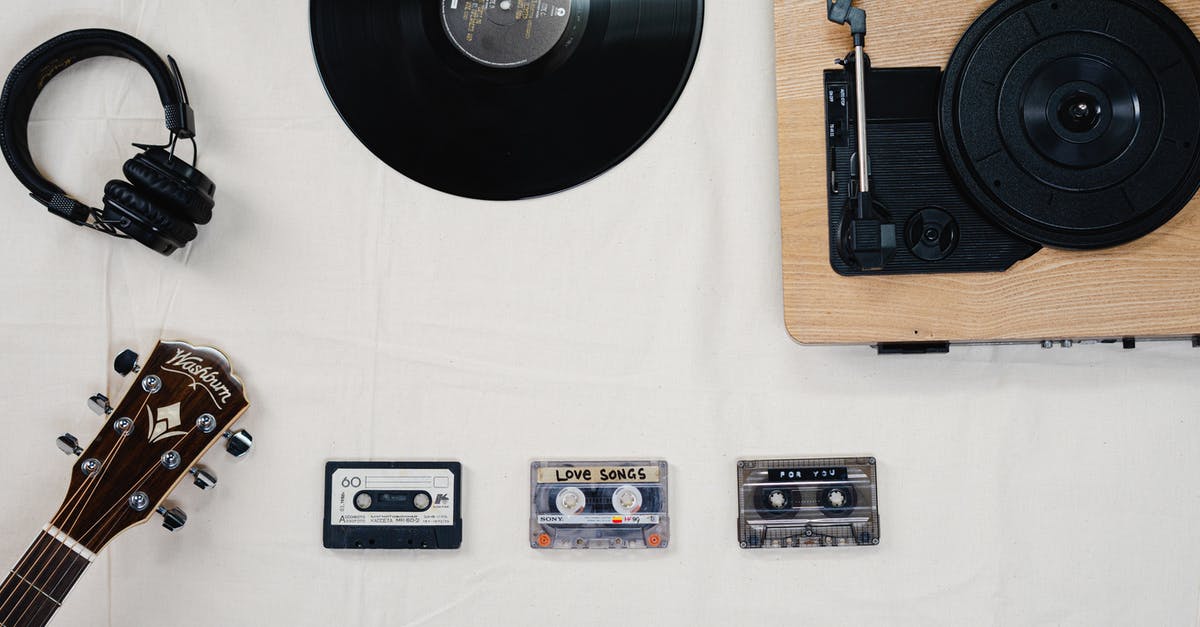How does Regal's RPX format compare with IMAX?

In my area, I have four ways of seeing the movie Justice League: regular 2D, IMAX 2D, RealD 3D, and RealD 3D with Regal Cinema's RPX format. My question is, how does Regal's RPX format compare with IMAX, e.g. in terms of resolution and aspect ratio?
This answer provides useful information about IMAX:
- IMAX Laser = 4k horizontal resolution, 1.43:1 aspect
- IMAX Xenon = 2K horizontal resolution, 1.9:1 aspect
- IMAX 70mm - 16k horizontal resolution, 1.43:1 aspect
The IMAX screens I have at my disposal are 35mm, not 70mm, so the horizontal resolution is either 2K or 4K. Does anyone know the horizontal resolution of an RPX screen?
Best Answer
I think it's understandable that this would be confusing. Hopefully we can get it sorted out here.
Exhibitor-Branded Premium Large Formats
Regal's RPX is what the industry refers to as a "premium large format" brand. It is intended to provide an assurance that you'll be watching the movie in the largest house, with the biggest screen at the particular Regal complex you're at. Regal's RPX compares to AMC's ETX, B&B's Grand Screen, CineMark's XD, etc. - most chains have some sort of PLF offering that they upcharge $1-2 for. (The definition of PLF, as far as the studios are concerned, is that you charge more for it. There is no established technical criteria.)
These formats use standard digital projection technology - usually 4K due to the screen size - and some use dual-projectors for really large screens to enhance the brightness. However, audio formats are typically not standardized, even between different movie theaters operated by the same chain. In RPX, Regal (at least in the one I go to) uses standard 7.1 audio and installs low frequency transducers in each seat (which I find to be a distraction rather than an enhancement - seats are not meant to have transducers attached and the harmonics are unpleasant). So, on the whole, I tend to avoid the RPX, particularly when their tickets cost more than the IMAX or Dolby Cinema.
Some IMAX History
Back in the pre-digital days, an IMAX theater ran 70MM 48fps. These systems ran the film horizontally through the projector (whereas 35mm runs vertically), the film moved very fast, and there was a hell of a lot of it. These systems were extremely expensive both to procure and maintain, and on top of that, IMAX agreements give an extra percentage of the box office to them. On the audio side, IMAX film used an external DTS system, where the audio was provided on one or more CDs and synced to the film via the IMAX computer. Their audio systems included several (7-8?) channels of behind the screen audio, plus two surround channels, and a lot of subwoofers.
Needless to say, IMAX only made sense in a few theaters in the largest markets, and the high ticket price was justifiable. They struggled to provide content consistently, because the studios don't release that many $100M+ budget movies each year. Thus, many IMAX theaters also had 35MM (or digital) backup capability, but it's impossible to fill an IMAX screen with this, so the perception of a lower-quality experience was not good.
This, coupled with the fact that IMAX was slow to move from their 70MM film technology, meant that theaters really stopped putting IMAX film systems in starting around 2009 or so. They then began rolling out digital technology. In terms of picture quality, 70MM is still far superior to the digital technology used in standard theaters, but not having IMAX quality product to populate the theater every week really made it difficult to make money on the theater. Since there was such a drastic drop between the film and digital quality, with the advent of digital projection, other "knock-off" theater homebrew brands appeared, and make no mistake - they are inferior to the IMAX experience - but they provide a steady and predictable revenue stream.
True Premium Formats
That brings me to the true "premium" formats: Dolby Cinema and IMAX. IMAX is obviously the most recognizable and long-running of these formats.
Both systems use laser projection technology to achieve very high brightness and contrast ratios superior to standard digital projection technology. Dolby uses their Atmos system, while IMAX still uses their own audio format. In my opinion, there's not much practical difference between the two, though there is probably a Dolby engineer or two who would take exception to that. IMAX, until very recently, also required their own (non-recliner) chairs to be installed.
In terms of 3D, Dolby has their own tech which is rather clumsy and expensive to deploy (each pair of glasses is in excess of $50, and they are quite bulky). IMAX, on the other hand, uses linear polarization. Both have substantial drawbacks when compared to other 3D systems which use circular polarization. So, they both fall short in this regard, at least in my opinion. If you want to watch it in 3D (because you're a masochist?) then your choice between IMAX and the standard PLF offering (e.g. RPX 3D) is a toss-up. RPX will be easier on the eyes, but the picture will be significantly less bright compared to IMAX 3D.
Today, you'll only see Dolby Cinema at AMC, since they have an exclusive license agreement. I don't know when that agreement expires, but when that happens you'll probably see Dolby Cinema displace IMAX in many markets.
Pictures about "How does Regal's RPX format compare with IMAX?"



Are RPX and IMAX the same?
RPX is the abbreviation for \u201cRegal Premium Experience.\u201d Like IMAX, it is a theater experience that includes bigger screens, immersive sound and premium digital and laser projectors. However, it lacks the detail of proprietary image optimization and a specialized way of shooting the film.Does RPX have better seats?
In April of 2010, Regal responded with the Regal Premium Experience or RPX theater. These theaters boast a much bigger screen than the standard Regal cinema, improved sound, and reclinable leather seats.Is RPX too loud?
However, the audio quality of the RPX theater is something to behold. The RPX theater is certainly louder than your average theater auditorium, but the loudness isn't what won me over. The clarity of the sound effects was top notch, and it really helped with my immersion into the film.Regal Unlimited: Is it a good plan?
Sources: Stack Exchange - This article follows the attribution requirements of Stack Exchange and is licensed under CC BY-SA 3.0.
